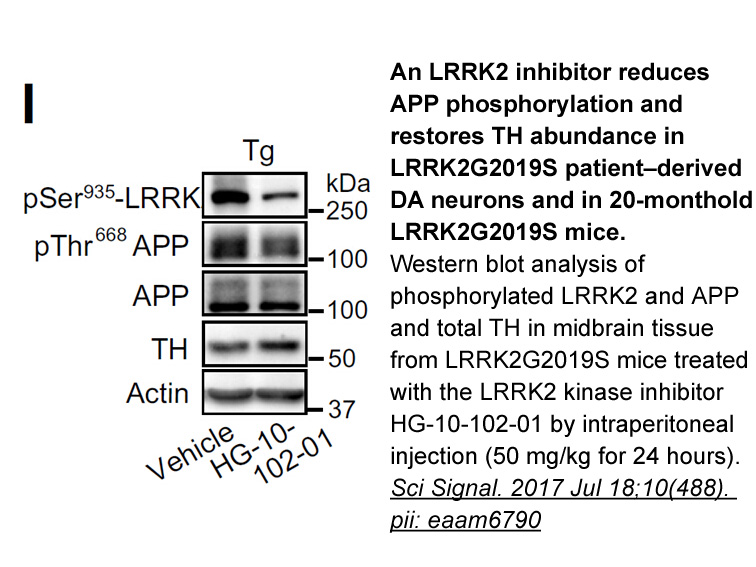Archives
Calcineurin has been established to be a ubiquitous Ca activ
Calcineurin has been established to be a ubiquitous Ca2+-activated serine phosphatase in the nervous system (Pyrzynska et al., 2001). It has been reported that the activation of calcineurin protects aromatase from autophagy-mediated protein degradation, implying that calcineurin-dependent dephosphorylation of aromatase represents a crucial process in the stabilization and regulation of aromatase activity (Hayashi and Harada, 2014). Along the same lines, several studies have demonstrated that sigma-1 receptor-mediated  dephosphorylation processes are associated with the activation of the calcineurin pathway (Bhuiyan et al., 2013). Our present results are in agreement with these previous reports and show that i.t. injection of a sub-effective dose of BD1047 potentiates the pharmacological effect of CsA on both phospho-serine levels of aromatase and formalin-induced nociceptive behaviors. These observations suggest that the calcineurin pathway is mechanistically associated with the sigma-1 receptor-mediated intracellular signaling cascade. In support of this hypothesis, the sigma-1 receptor-mediated
dephosphorylation processes are associated with the activation of the calcineurin pathway (Bhuiyan et al., 2013). Our present results are in agreement with these previous reports and show that i.t. injection of a sub-effective dose of BD1047 potentiates the pharmacological effect of CsA on both phospho-serine levels of aromatase and formalin-induced nociceptive behaviors. These observations suggest that the calcineurin pathway is mechanistically associated with the sigma-1 receptor-mediated intracellular signaling cascade. In support of this hypothesis, the sigma-1 receptor-mediated intracellular increase in astrocyte Ca2+ concentration has been reported to evoke a variety of biochemical changes associated with astrocyte activation (Moon et al., 2014). Based on our findings and the fact that Ca2+-activated calcineurin signaling forms part of a molecular pathway associated with the regulation of biological functions in activated astrocytes (Fernandez et al., 2007, Canellada et al., 2008), we speculate that calcineurin signaling cascades are activated by sigma-1 receptors. Collectively, the present results together with results from previous studies suggest that sigma-1 receptors activate the calcineurin pathway resulting in the dephosphorylation of aromatase and that this process plays a role in tonic formalin-induced nociception.
intracellular increase in astrocyte Ca2+ concentration has been reported to evoke a variety of biochemical changes associated with astrocyte activation (Moon et al., 2014). Based on our findings and the fact that Ca2+-activated calcineurin signaling forms part of a molecular pathway associated with the regulation of biological functions in activated astrocytes (Fernandez et al., 2007, Canellada et al., 2008), we speculate that calcineurin signaling cascades are activated by sigma-1 receptors. Collectively, the present results together with results from previous studies suggest that sigma-1 receptors activate the calcineurin pathway resulting in the dephosphorylation of aromatase and that this process plays a role in tonic formalin-induced nociception.
Conclusion
Introduction
Epilepsy is the most common serious neurological disease and is defined as “a disease of the Amiloride HCl dihydrate characterized by an enduring predisposition to generate epileptic seizures” (Fisher et al., 2014). According to World Health Organization (WHO), around 50 million people currently suffer from epilepsy worldwide, and approximately 2.4 million people are diagnosed with epilepsy each year. Despite the advent of newer antiepileptic drugs, over 30% of people suffering from epilepsy have a refractory seizure (WHO, 2015). Hence, it is important to elucidate novel targets/drugs for this disease.
Neuroactive steroids or neurosteroids are a group of steroids produced peripherally by exocrine glands such as ovaries and adrenal gland or synthesized directly within the brain by converting cholesterol into pregnenolone, which is converted to progesterone, deoxycortisone, testosterone (Biagini et al., 2010; Reddy and Mohan, 2011). Steroid hormones synthesized in the periphery should cross the blood-brain barrier to influence neuronal signaling. These neurosteroids play a major role in the neuroendocrine control of brain excitability and seizure susceptibility due to their conversion into different metabolites such as allopregnanolone, allotetrahydrodeoxycorticosterone, estradiol and androstenediol (Gangisetty and Reddy, 2010; Pereira et al., 2009; Reddy and Mohan, 2011; Ryan and Frye, 2008). Testosterone has a prominent role in seizure susceptibility, and it shows both proconvulsant and anticonvulsant effects based on the animal model employed and type of seizures (Edwards et al., 1999; Frye et al., 2001a; Herzog et al., 1998; Reddy, 2004b). Testosterone is metabolized to different neurosteroids through individual pathways by distinct enzymes. Testosterone reduced to intermediate 5α-dihydrotestosterone (5α-DHT) by the 5α-reductase enzyme, which is then further reduced by 3α-hydroxysteroid oxidoreductase (3α-HSOR) to form 3α-androstanediol (3α-Diol). 3α-Diol, structurally corresponding to allopregnanolone, reduces brain excitability via GABAA receptors (Reddy and Kulkarni, 2000). On the other hand, aromatase, a cytochrome P450 enzyme (CYP19A1), converts testosterone into 17β-estradiol, which enhances brain excitability (Martini et al., 1993). The enzyme is highly expressed in areas that are involved in the pathophysiology of epilepsy such as hippocampus and neocortex.